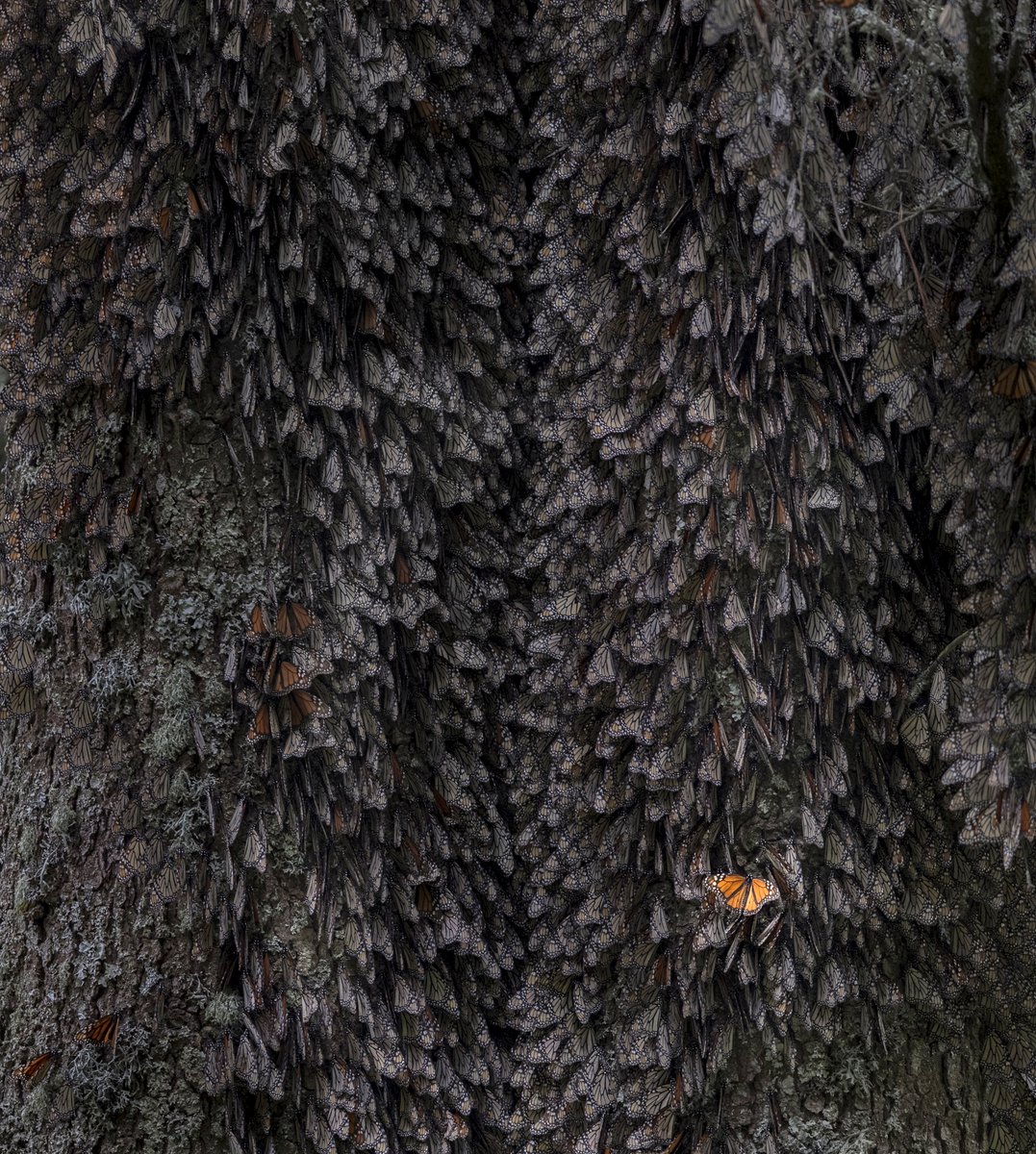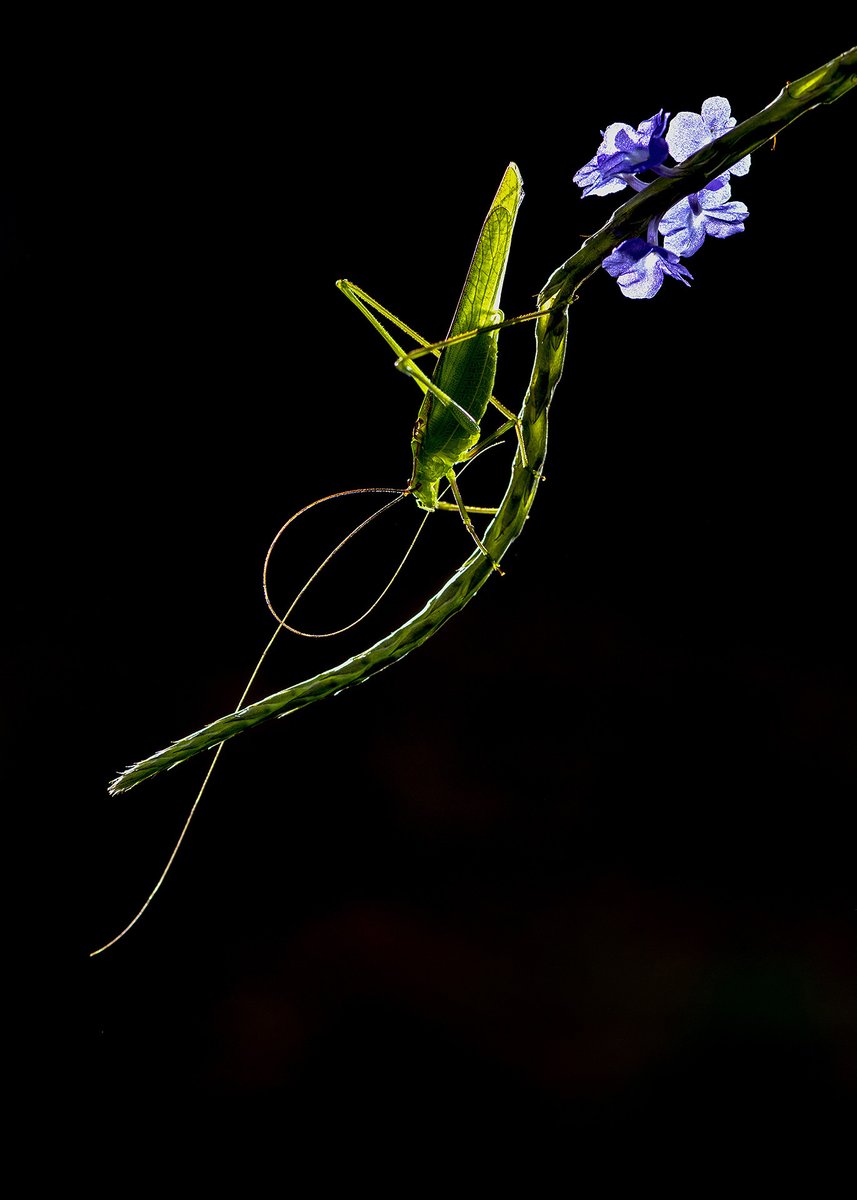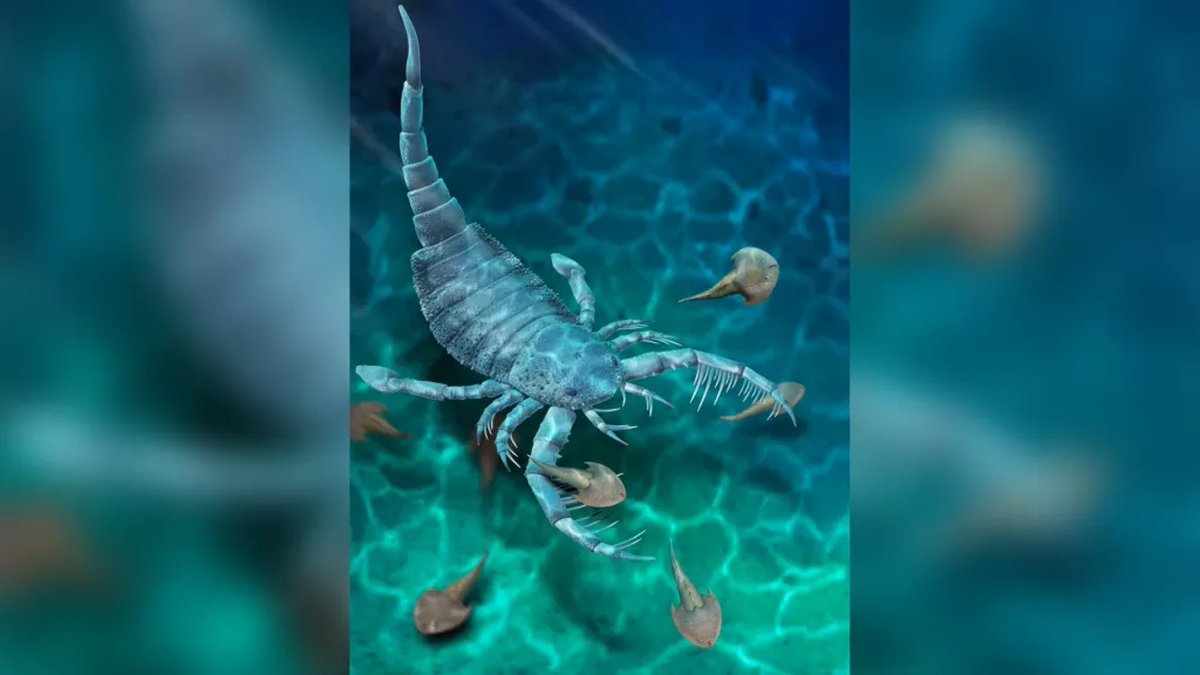
Nature inFocus #Photography Contest 2021—a competition that honours shutterbugs that document unique natural history & critical conservation issues—has announced its winners!
weather.com/en-IN/india/bi…
(📸: Kallol Mukherjee-Special Mention in Creative Nature category)
Thread! 👇
weather.com/en-IN/india/bi…
(📸: Kallol Mukherjee-Special Mention in Creative Nature category)
Thread! 👇

Animal Portraits category winner: City Lights
The photographer spent months documenting the behaviour of Arabian Red Fox families in Kuwait. Although scared at first, the foxes became more comfortable around his presence after frequent visits.
📸: Mohammad Murad
The photographer spent months documenting the behaviour of Arabian Red Fox families in Kuwait. Although scared at first, the foxes became more comfortable around his presence after frequent visits.
📸: Mohammad Murad

Wildscape & Animals in Habitat category winner: The Resting Monarch
A gigantic kaleidoscope of Monarch butterflies sits huddled together on Oyamel Fir trees in the overwintering grounds of central Mexico. The tree canopy provides a blanket effect.
📸: Lakshitha Karunarathna
A gigantic kaleidoscope of Monarch butterflies sits huddled together on Oyamel Fir trees in the overwintering grounds of central Mexico. The tree canopy provides a blanket effect.
📸: Lakshitha Karunarathna

Creative Nature Photography category winner: Northern Lights
The spores of a bracket fungus (Polypores) create a vast spectrum of colours when lit from an angle. The photographer came across the fungi as they grew on a dead tree log.
📸: Prathamesh Ghadekar
The spores of a bracket fungus (Polypores) create a vast spectrum of colours when lit from an angle. The photographer came across the fungi as they grew on a dead tree log.
📸: Prathamesh Ghadekar

Young Photographer category winner: Hop Into The Limelight
A staunch believer that one doesn't have to travel far to photograph wildlife, Anagha captured this surreal image of a grasshopper resting on a flowering plant at the outskirts of #Bangalore.
📸: Anagha Mohan
A staunch believer that one doesn't have to travel far to photograph wildlife, Anagha captured this surreal image of a grasshopper resting on a flowering plant at the outskirts of #Bangalore.
📸: Anagha Mohan

Conservation Issues category winner: Evicted
A lone Gharial is portrayed against the backdrop of construction work, highlighting their changing habitats. Captured in Bihar, India.
📸: Mahisin Khan
A lone Gharial is portrayed against the backdrop of construction work, highlighting their changing habitats. Captured in Bihar, India.
📸: Mahisin Khan

Animal Behaviour category winner: Tag, You Are It!
When awakened from deep sleep by the alarm calls of a Malabar Giant Squirrel, this leopardess launched an attack, chased the squirrel around the tree trunk, and eventually captured it.
📸: Priyanka Rahut Mitra
When awakened from deep sleep by the alarm calls of a Malabar Giant Squirrel, this leopardess launched an attack, chased the squirrel around the tree trunk, and eventually captured it.
📸: Priyanka Rahut Mitra

• • •
Missing some Tweet in this thread? You can try to
force a refresh













